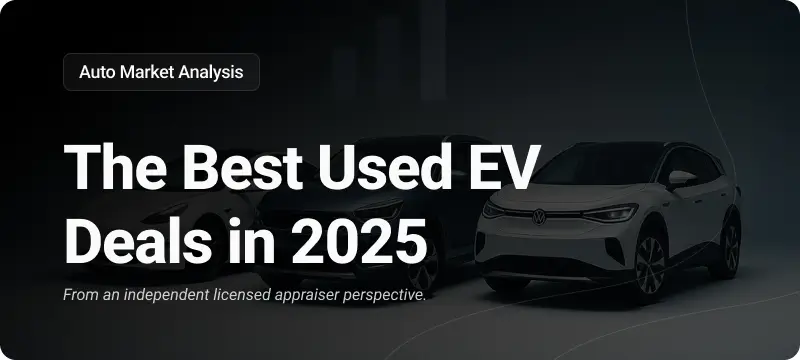On a chilly autumn morning in 2023, the streets of Shanghai buzzed with a quiet hum of electric vehicles (EVs) gliding smoothly alongside one another.
Far away, the freeways of California were dotted with the latest models of electric cars, and in Berlin, chargers worked overtime as more drivers transitioned to green technology.
This wasn’t just a typical day but a snapshot of a revolution—a seismic shift in the automotive industry led by China, Europe, and the United States, who together commandeered 95% of global electric vehicle sales.

China, Europe, and the US Controlled 95% of EV Sales in 2023 (PDF)
The Groundbreaking Year of 2023
The year 2023 proved to be a watershed moment for electric vehicles. Nearly 14 million new EVs hit the roads globally, shattering past records and pushing the total number of electric vehicles to an astonishing 40 million.
This spike in EV adoption marked a 35% increase over the previous year, with sales figures now over six times what they were just five years ago. Remarkably, EVs clinched an 18% share of the total global car market, up from a mere 2% in 2018.
China: The Vanguard of Affordability
In 2023, China dramatically advanced the accessibility of electric vehicles (EVs), with over 8.1 million new registrations. The remarkable aspect of China’s EV market is affordability: electric cars are often priced below their gasoline counterparts, making them an attractive option for a broader demographic.
This shift towards more economical vehicles is exemplified by models such as the Wuling Hongguang Mini EV, which has made electric driving feasible for a vast number of consumers.
Despite the reduction of government subsidies, the electric car market in China has continued to thrive, reflecting a significant cultural and economic shift towards sustainable transportation.
United States: Innovation Amidst Regulation
In the United States, the surge in EV registrations, which saw over a 40% increase, was propelled by regulatory changes and tax incentives.
Popular models from Tesla and newcomers like Rivian highlighted competitive pricing strategies that promise to bring EVs into more driveways.
Yet, challenges remain, such as the stringent criteria for tax credits which have spurred manufacturers to innovate but also restricted the full potential of market expansion.
Europe: Diverse Markets with Robust Growth
Europe’s narrative in the electric vehicle saga is characterized by diversity. Germany soared with half a million registrations, while Norway continued to lead in affordability.
However, the region faces its own set of challenges, such as varying incentives and premiums across countries which reflect the complex fabric of the European market.
The Road Ahead
As we look towards the future, the trajectory of electric vehicle adoption appears promising yet fraught with challenges.
Price parity, infrastructure development, and regulatory support are pivotal factors that will determine the pace at which electric vehicles can become a mainstream choice globally.
China, Europe, and the US will undoubtedly play crucial roles in this ongoing transformation, but how will other regions adapt and contribute to the electric revolution?
The journey of electric vehicles in 2023 is more than just statistics and market shares; it’s about a global movement towards sustainability and innovation led by China, Europe, and the US.
As we steer into the future, one wonders: What will it take for the rest of the world to catch up in the electric vehicle race?





